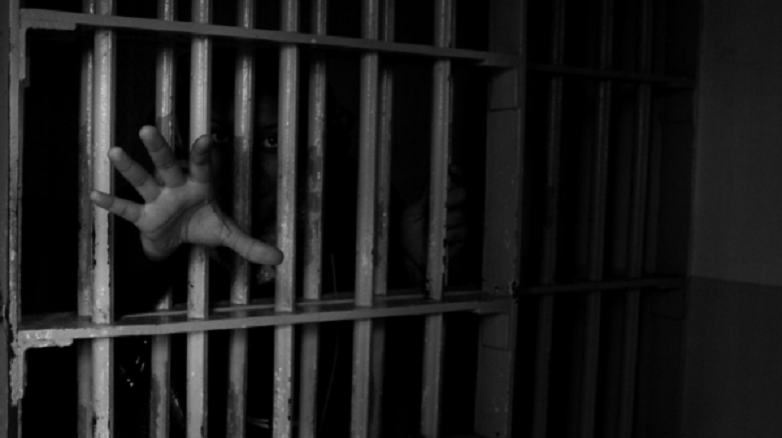Addressing the Issue of Cruelty in Jails: A Call for Reform
Jails and prisons are meant to serve as institutions of rehabilitation, providing a space for individuals to reflect on their actions, learn from their mistakes, and reintegrate into society. However, there have been numerous cases and reports highlighting the presence of cruelty within these institutions, raising concerns about human rights violations and the failure of the justice system to uphold its core values. In this blog post, we will shed light on the issue of cruelty in jails, exploring its impact on individuals and society, and advocating for much-needed reform.
1. Physical and Emotional Abuse: One of the most troubling aspects of cruelty in jails is the presence of physical and emotional abuse inflicted upon inmates. Reports of excessive use of force, neglect, and mistreatment are alarmingly common. Such actions not only violate the basic rights of individuals but also contribute to a cycle of violence and dehumanization. It is crucial to recognize that every person, regardless of their past actions, deserves to be treated with dignity and respect.
2. Overcrowding and Inhumane Conditions: Overcrowding is a prevalent issue in many jails, resulting in cramped living spaces, inadequate sanitation, and limited access to basic necessities. These conditions not only compromise the physical well-being of inmates but also take a toll on their mental health. Living in deplorable conditions can lead to increased stress, anxiety, and a heightened risk of violence within the facility. Efforts must be made to address the root causes of overcrowding and improve the living conditions for inmates.
3. Lack of Access to Healthcare: Inmates often face significant barriers when it comes to accessing proper healthcare. Many suffer from chronic illnesses, mental health conditions, and substance abuse problems that require specialized treatment. However, limited resources, understaffing, and a lack of emphasis on rehabilitation prevent inmates from receiving the care they need. Providing adequate healthcare services within correctional facilities is essential for both the well-being of inmates and the safety of the wider community.
4. Rehabilitation and Reintegration: The primary goal of the justice system should be to rehabilitate individuals and facilitate their successful reintegration into society. However, the prevalence of cruelty in jails hinders this objective. Inadequate educational and vocational programs, limited access to therapy and counseling, and a lack of support networks contribute to a high rate of recidivism. To break the cycle of incarceration, it is imperative to prioritize rehabilitation efforts and invest in resources that equip individuals with the necessary skills to lead law-abiding lives upon release.
5. Advocating for Reform: Addressing the issue of cruelty in jails requires a collective effort from policymakers, correctional staff, civil society organizations, and the public. Comprehensive reforms should focus on improving transparency, accountability, and oversight within correctional facilities. Training programs for staff members that emphasize the importance of treating inmates with dignity and respect should be implemented. Additionally, promoting alternatives to incarceration, such as diversion programs and community-based rehabilitation, can help reduce overcrowding and foster a more humane approach to criminal justice.
It is important to remember that while individuals in jails may have committed crimes, they still possess fundamental human rights that should not be disregarded. By confronting the issue of cruelty in jails head-on and advocating for reform, we can work towards creating a justice system that upholds the principles of fairness, compassion, and rehabilitation. Together, we can ensure that correctional institutions truly serve their intended purpose of transforming lives and building safer communities.




